Whitney Plantation Museum is the only museum in Louisiana with an exclusive focus on the lives of enslaved people. In view of today’s racial tension and #blacklivesmatter movement, it’s so important to keep in mind this dark chapter in American history and pay homage to the experiences of slaves across the South.
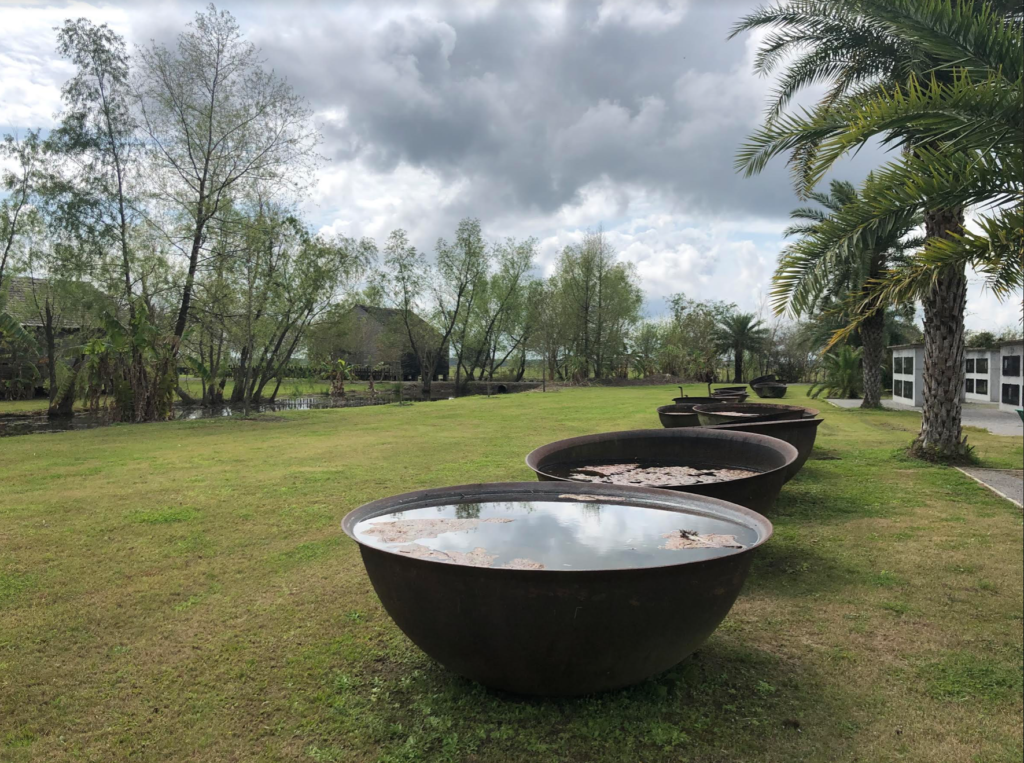
Few tours could be described as poignantly transformative, this is one of them, and I can only think of another similar experience when I visited Robben Island in S. Africa, where Nelson Mandela was imprisoned for 18 of the 27 years he served behind bars for his political activism.
The Whitney Plantation
WhitneyPlantation was a sugar-cane plantation, home to over 350 African slaves, and through this visit, we learn more about the excruciating history of slavery before it was outlawed in December 1865.
The property is so immaculate that it makes it more painful to imagine how life was back then. The guide informs us that the goal of the visit is to inform and educate, not to shame or romanticize.
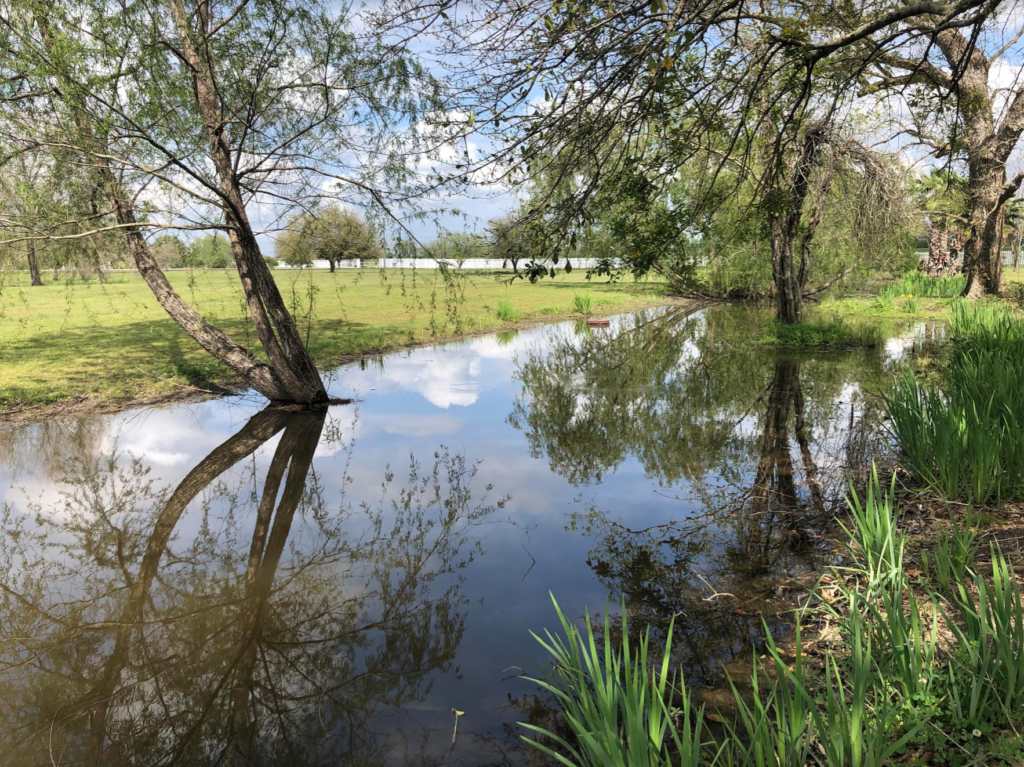
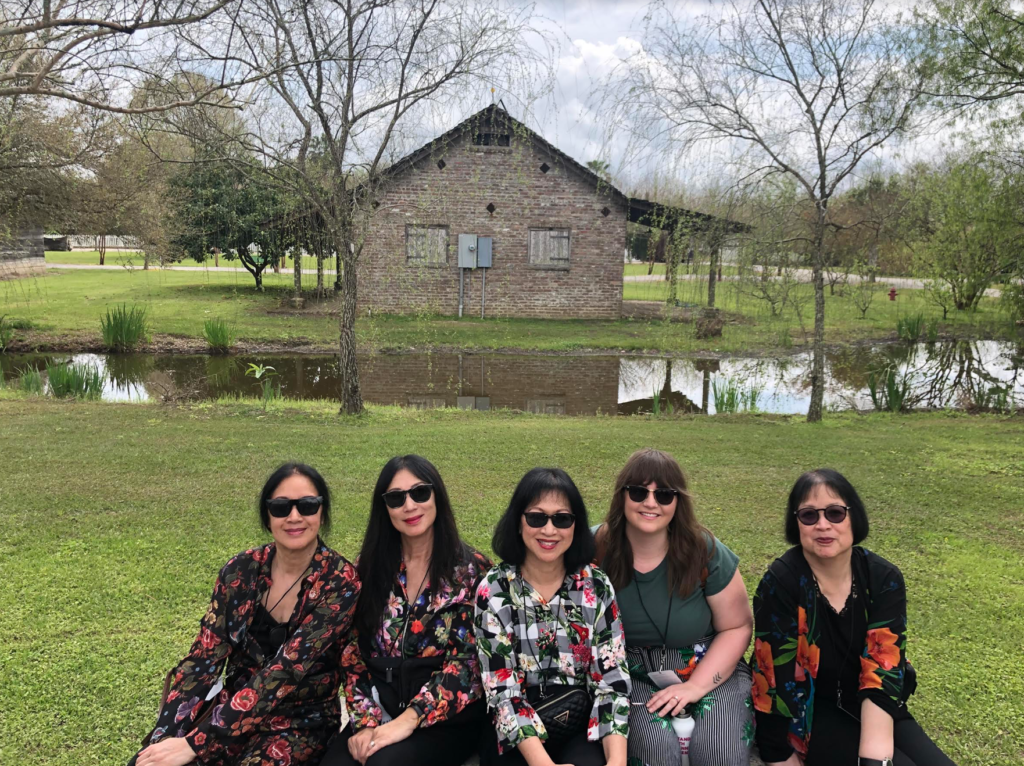
The Antioch Baptist Church
Our first stop is the Antioch Baptist Church, built by freed slaves, a haven from the humid heat and a sanctuary where slave could get some rest and peace.
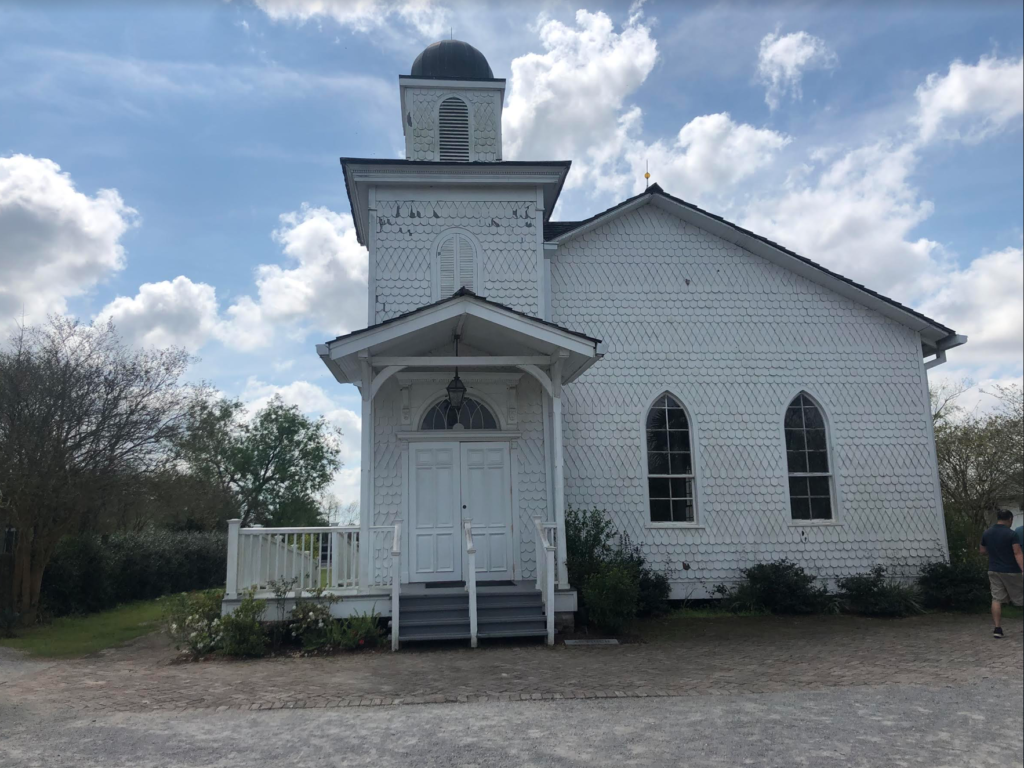
The Children of Whitney
Each visitor is given a badge with the image of a child slave and his or her story. 40 life-size bronze statues of slave children sculpted by Woodrow Nash are scattered among the pews of the church. I search and find my match, a truly moving moment. These sculptures literally breathe life in these grounds.
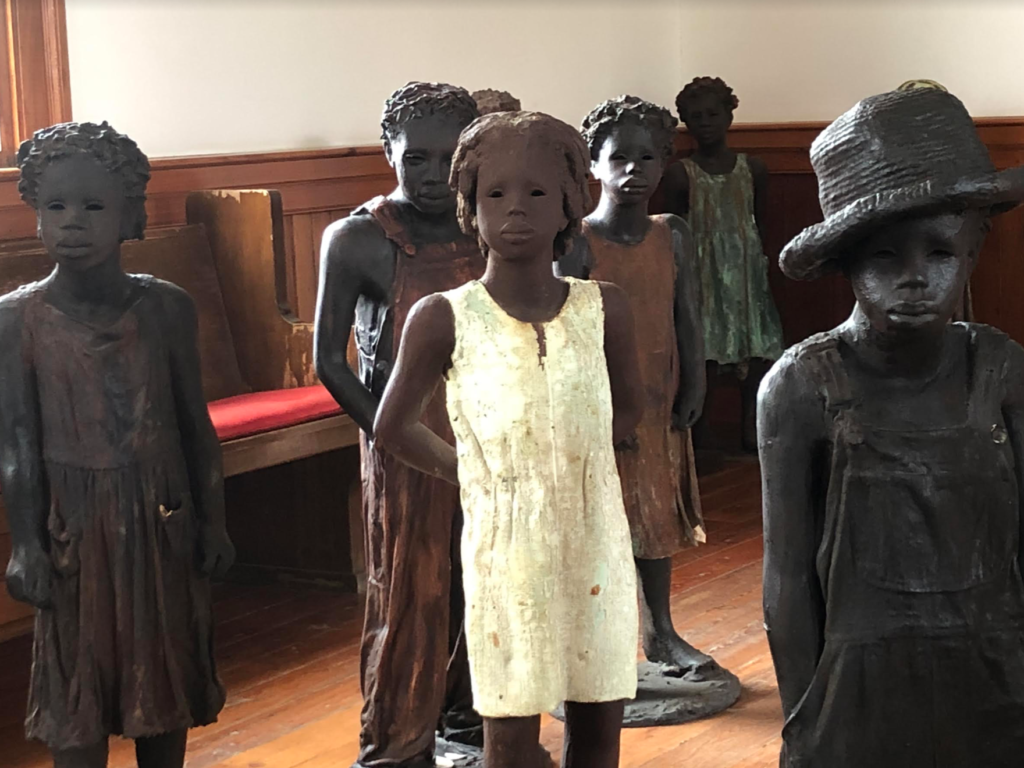
The Slaves’ Cabins
The tour takes us through the museum’s grounds, the slaves’ cabins and their cramped sleeping arrangements.
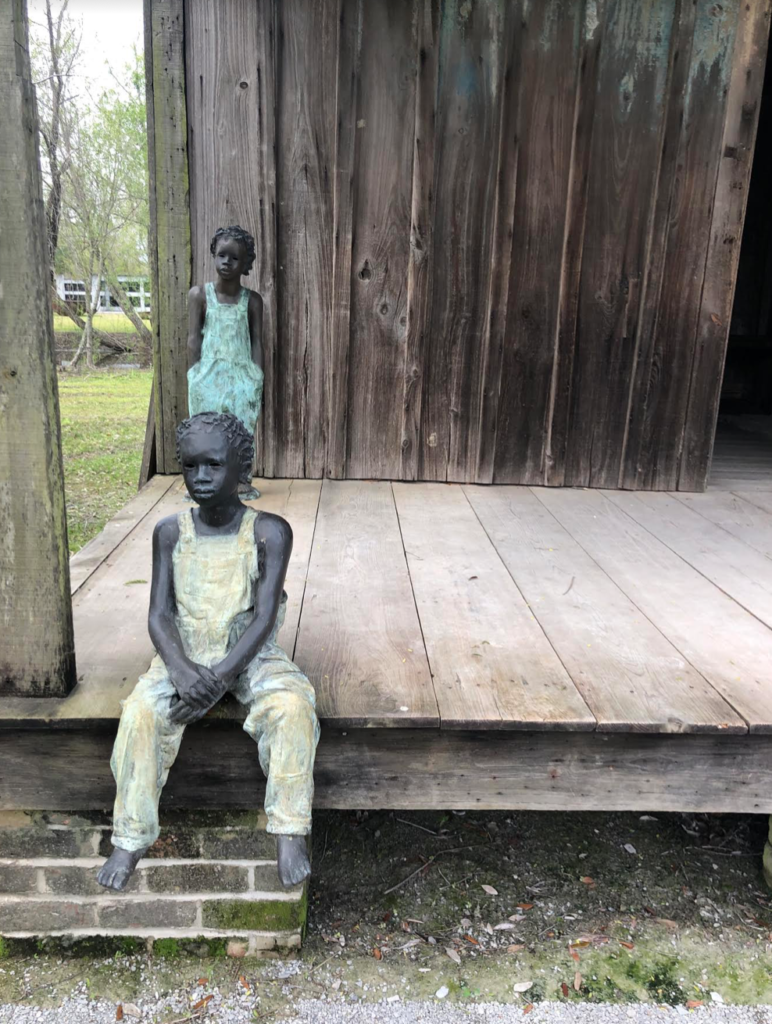
The Wall of Honor
The Wall of Honor is a memorial dedicated to all the people who were enslaved on the Whitney Plantation. The names, age, skills from original archives are engraved on granite slabs. Enslaved women suffered an additional level of horror as victims of sexual exploitation by slave owners, and producing “mulatto”, as shown on some plaques.
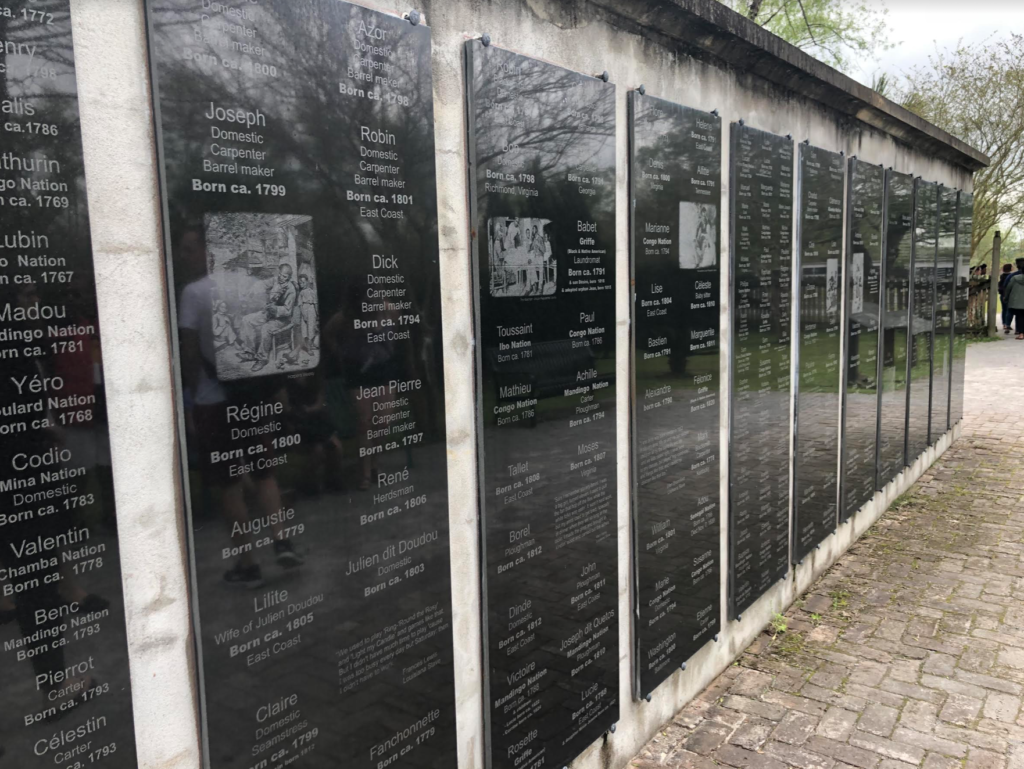
I walk around in silence and read plaque after plaque, with a lump in my throat. I learn about Louisiana’s Code Noir, an official guideline to make the slave trade more “humane”, by providing appropriate housing, food, clothing and a day’s rest per week. But the reality was very different as abuse, starvation and exploitation were rampant.
The Kitchen
Here’s the oldest detached kitchen in Louisiana.
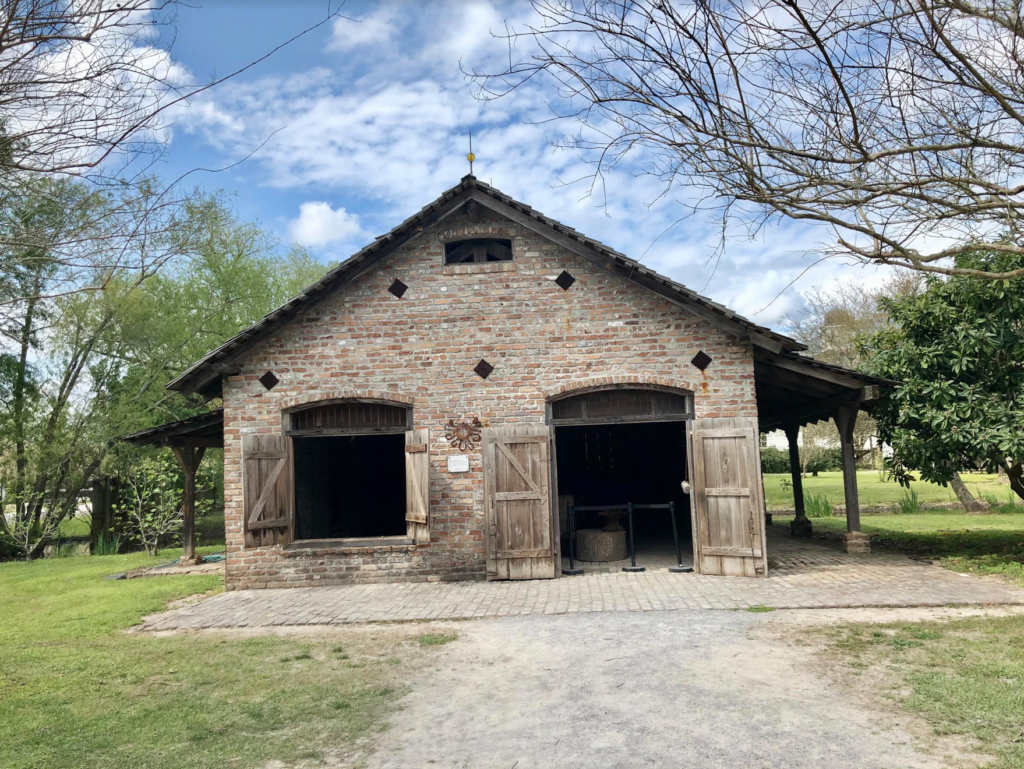
Marie Joseph, 50 years old and Marie, 43 years old, were the two cooks for the Haydel family at that time. As Creoles born in Louisiana, they would have used European recipes along with Creole recipes such as gumbo, jambalaya, crawfish étouffé
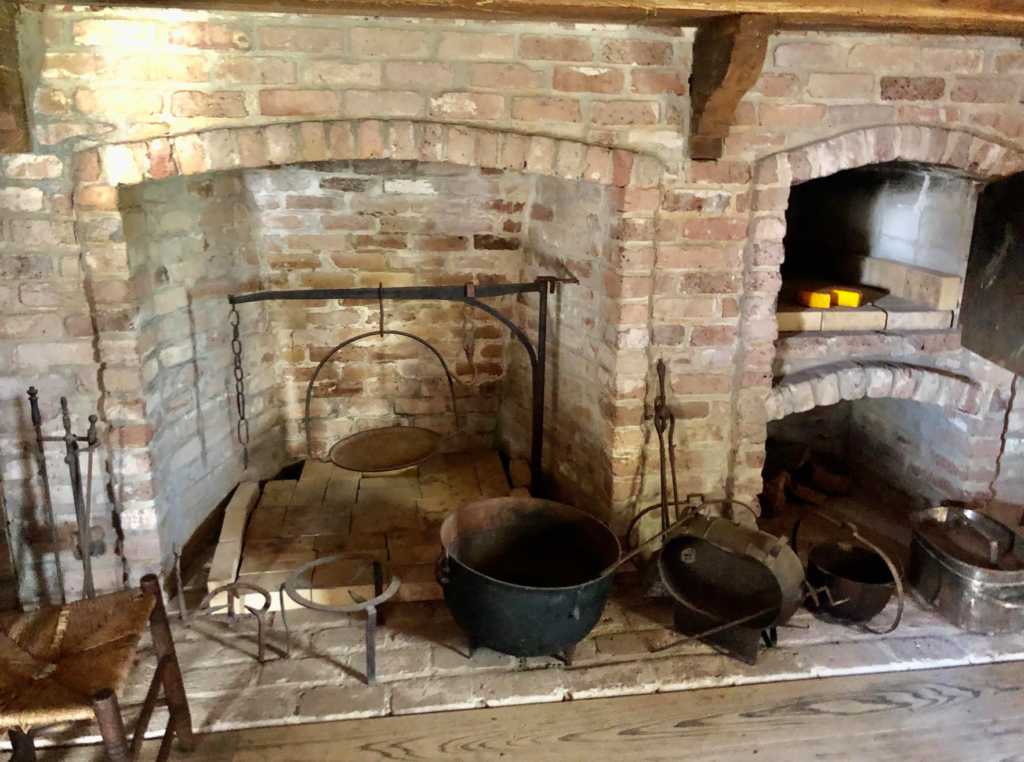
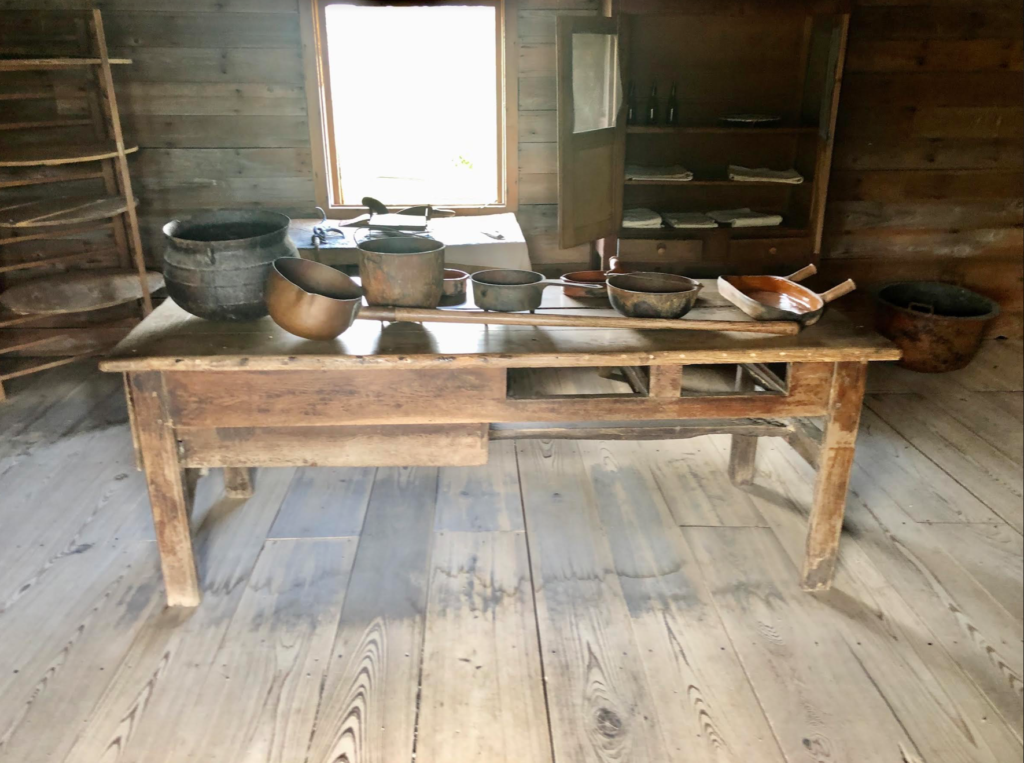
The Haydel Plantation House
We finally reach the 14-room Haydel plantation house, a stark contrast in comfort and luxury, with elaborate furnishing and fine china.
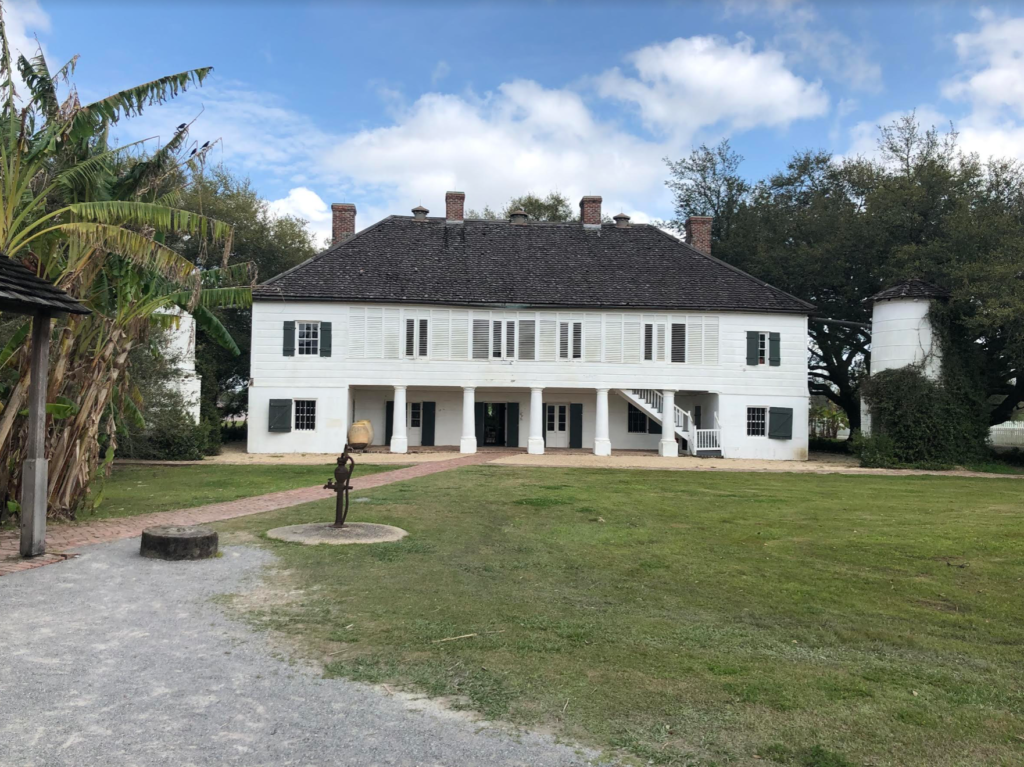
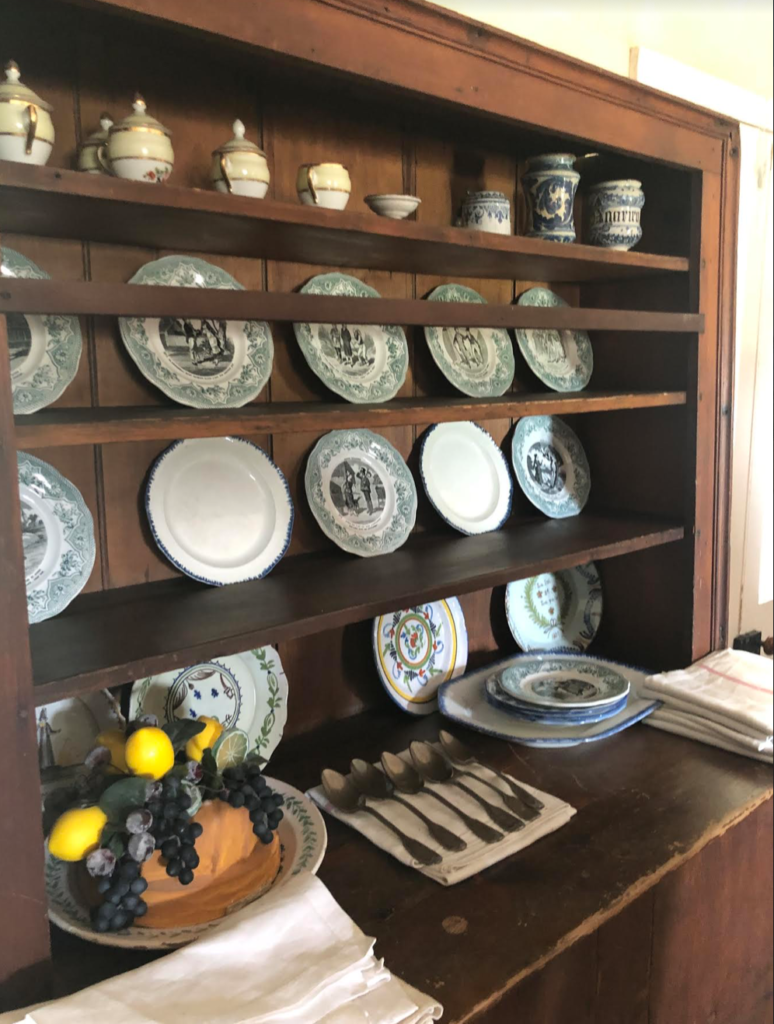
In one of the bedrooms, a life-size bronze statue of a child is a painful reminder of how little slaves had to manually heat the master’s bedding with a hot iron…
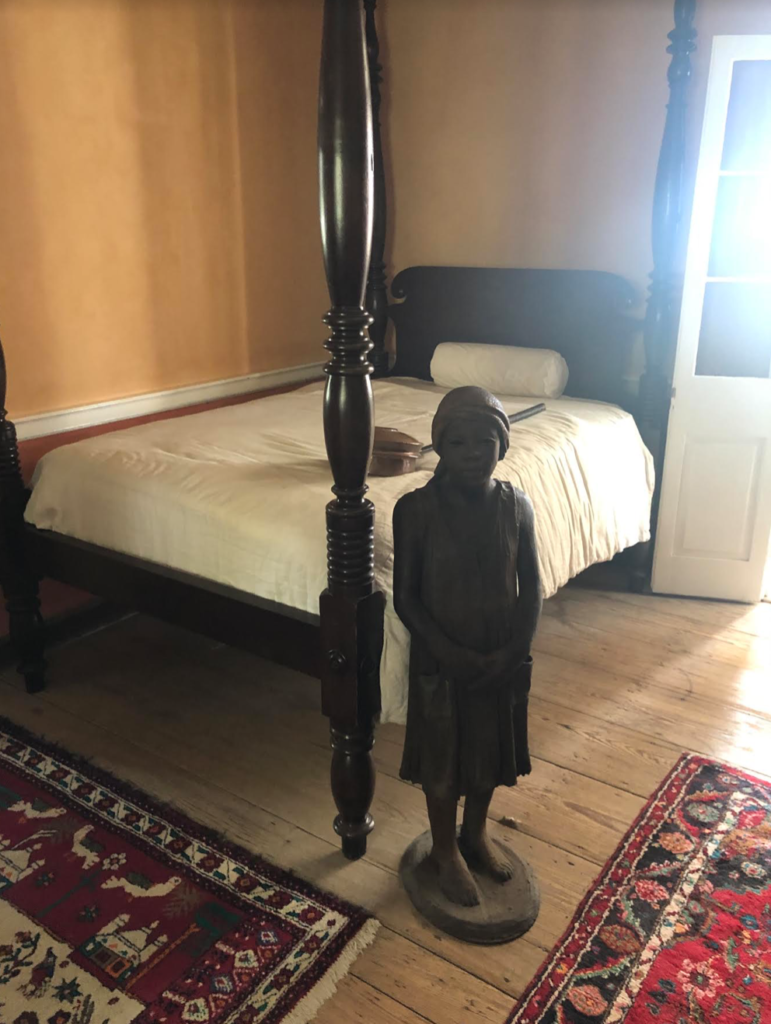
In addition to the escorted tour, there’s a self-guided exhibition area to learn about the history of slavery on an international scale.
During our brief stay in New Orleans, we consider Whitney Plantation Museum as a priority destination.
Whitney Plantation Museum gives an important reminder of the atrocities inflicted upon our follow humans, lest this dark chapter in history goes forgotten or unheeded.
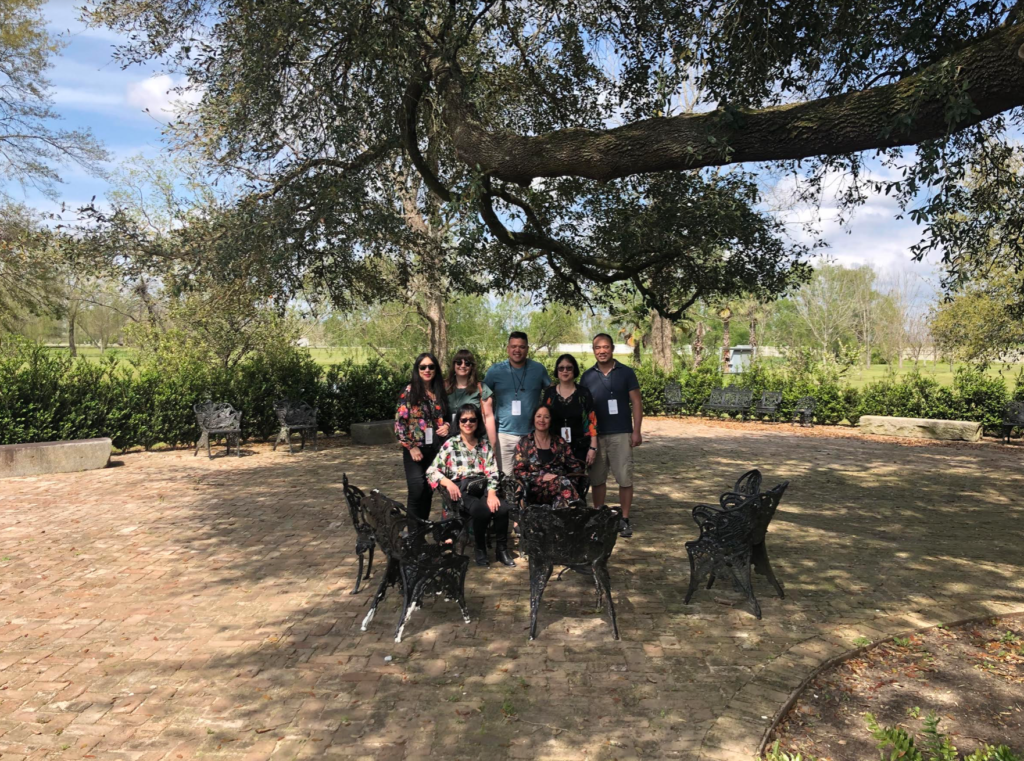
Another tour: The National WWII Museum
If you have some time left, I would highly recommend the New Orleans National World War II Museum
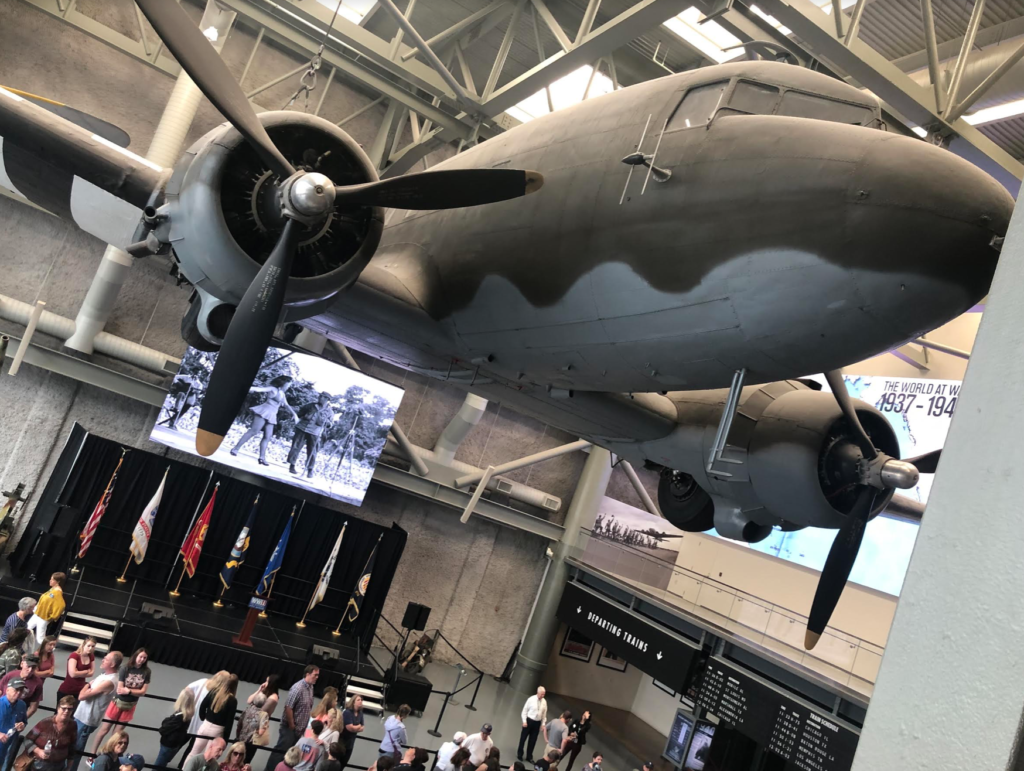
It’s an impressive and interactive world-class museum, and I could have well spent 2 full days there… Just take my word for it, you won’t regret it.
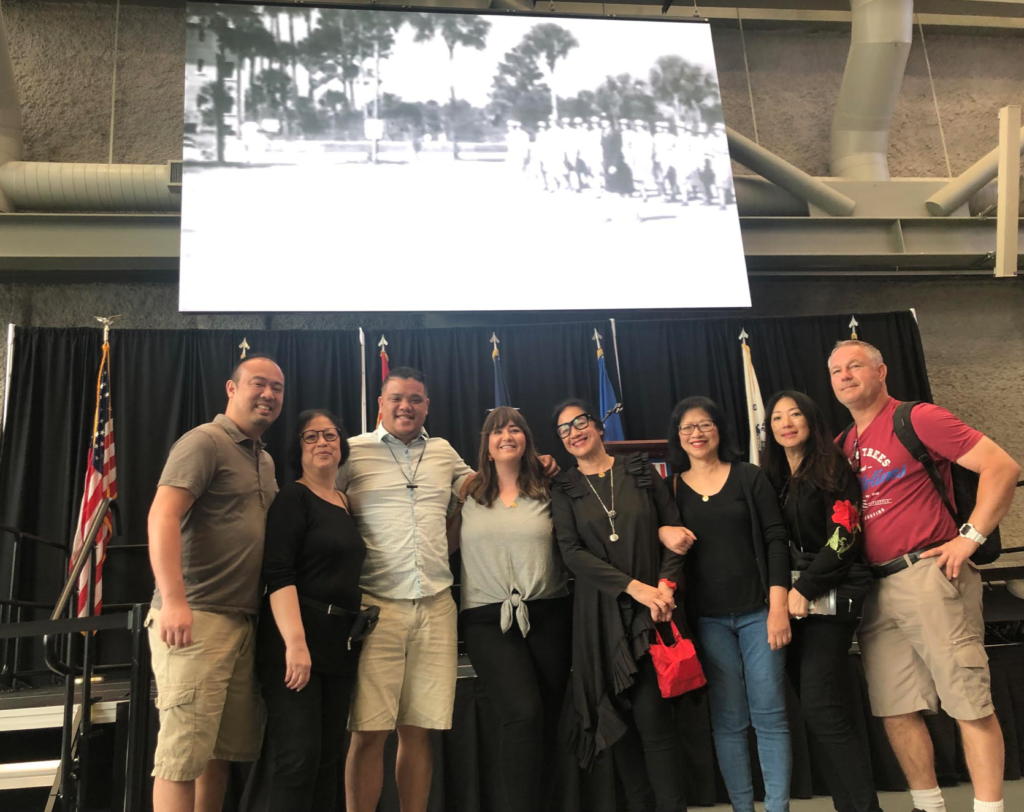
It’s a stark reminder of how events could align to create global destruction, and hopefully, a deterrent to history repeating itself.
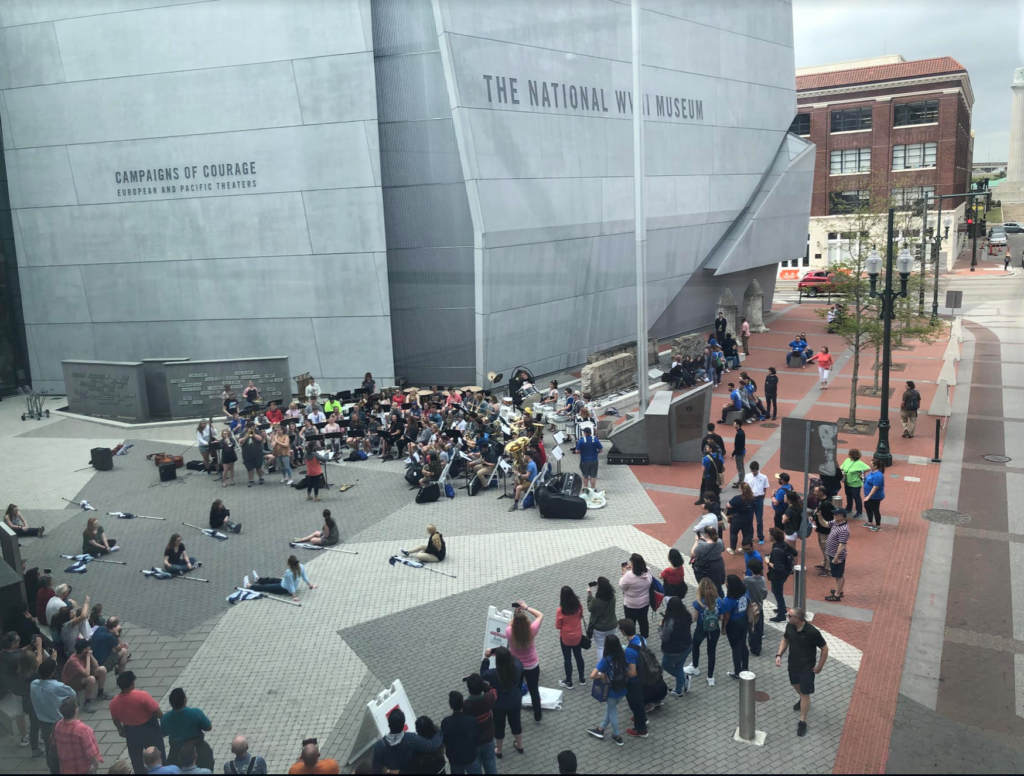

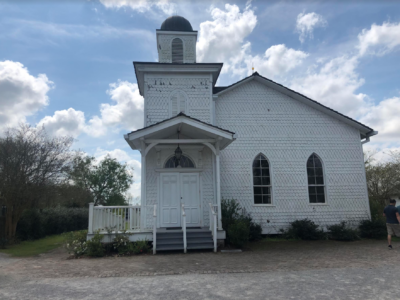
 My NEW ORLEANS Favorite Food
My NEW ORLEANS Favorite Food
Leave a Reply